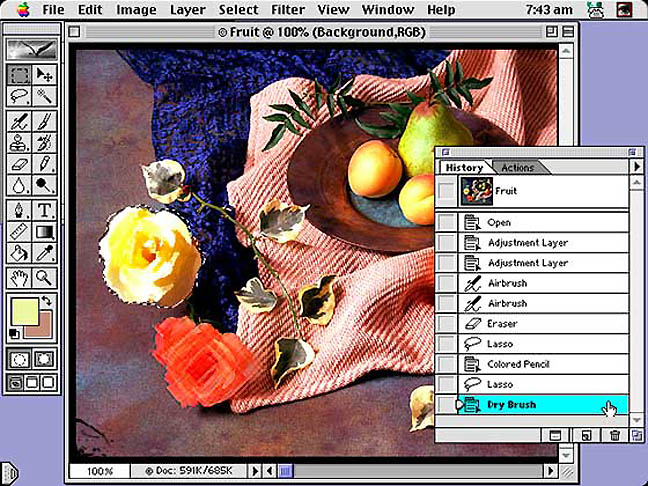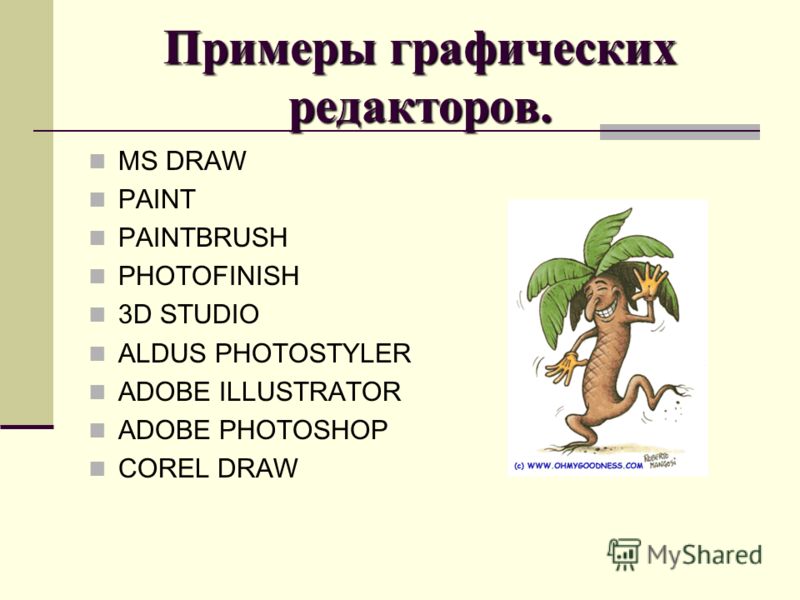
I look forward to his return from his hiatus. Russell’s podcasts are my favorites and I always turn to them when I really want to learn about new techniques in Photoshop. Since the CS3 Beta did not have a help file, it was a challenge to figure out Adobe’s intentions with some tools. I am grateful to Russell Brown from Adobe and his earlier podcast for giving me the Adobe Insider description of the Refine Edge tool options. It will certainly become a favorite of many Photoshop users. The Quick Selection Tool is a relative of the Magic Wand but with impressive capabilities and editing options. This week we continue our look into Selections with a move into Photoshop CS3 and the Quick Selection Tool. I thank all of you who have become subscribers to this podcast. To me, this level of response to a longer, more measured approach to on-line Photoshop education is very gratifying. I am very proud to say that with our last episode we exceeded 100,000 downloads for the Creative Photoshop Podcast. It is many of the topics covered in previous episodes but now with specific image goals employed. We will begin by hand coloring the figure, using Paths, Selections, Layers, Adjustment Layers, and Blend Modes. We are going to re-create my current signature image for the Podcast, and Image titled “Highlights?. That said let us turn our attention to this weeks episode, “Project Composite, Part One, Hand Coloring?. These labors of love are best supported with the knowledge that you are indeed listening and enjoying the work. So I really appreciate the e-mails but I want you to know that it is great to get feedback all of the time, not just when I disappear. These episodes often take four to six hours to produce and I won’t put one up unless I feel it meets the standards of the previous ones. Even though I am completely digital in my own work, I feel a responsibility to make sure this superbly analog technology continues. We are trying to insure that it survives further into the digital age. Life sometimes intervenes and my day job as Director of the Polaroid 20x24 Studio has required quite a bit of my attention lately. I received many e-mails asking if I was going to continue producing Creative Photoshop and the answer is definitely “yes?. As always, I would love to hear from you with comments or suggestions. I thank all of you who have been listeners.
#Aldus photostyler wand download
Creative Photoshop has now passed the 300,000 download plateau. In our next episode we will explore some creative techniques combining these images with other sources and discuss output options. We cover techniques for retouching cleaning up borders, adding noise to enhance enlargement and adjustment layers to fine tune and correct our input.
#Aldus photostyler wand driver
In this podcast we explore the Epson driver for scanning, discuss scanner settings and bring an Image transfer and Emulsion Lift into Photoshop for enhancement. But now with scanners, printers, and most of all Photoshop these Polaroid materials can be enhanced, retouched, and enlarged, greatly expanding the artist’s expression. In classes in bygone years that would be the extent of our experiments. Students experiment with a variety of images and test the process. It begins by making Polaroid Image Transfers and Emulsion Lifts with DayLab Printers and Copy System units. Most recently I offered this class at Grossmont College in El Cajon, CA in conjunction with the Museum of Photographic Arts in San Diego. For several years I have taught a class called Polaroid Creativity: Analog Input/Digital Output. In this episode of Creative Photoshop we go into a different direction.


To see examples of the images John creates and the workshops he offers in Photoshop at the International Center of Photography, Maine Photographic Workshops, Palm Beach Photographic Centre and Santa Fe Workshops please visit To post comments on the episodes visit http:/. These episodes are generally longer than many Photoshop podcasts but the goal is to provide the equivalent of a classroom experience with a more thorough examination of the topics. The emphasis is to encourage the viewers to explore their creative impulses through Photoshop technique and develop a more personal vision. To John, Photoshop is as much a printmaking program as it is a photography program. Less focused on singular tips or tricks it rather attempts to instill a more comprehensive approach to image making and manipulation that relies on Photoshop as its core. Photoshop artist and educator John Reuter has created this Photoshop podcast geared towards the fine art photographers and teachers who are beginning to embrace Photoshop as part of their personal work and teaching curriculum.


 0 kommentar(er)
0 kommentar(er)
